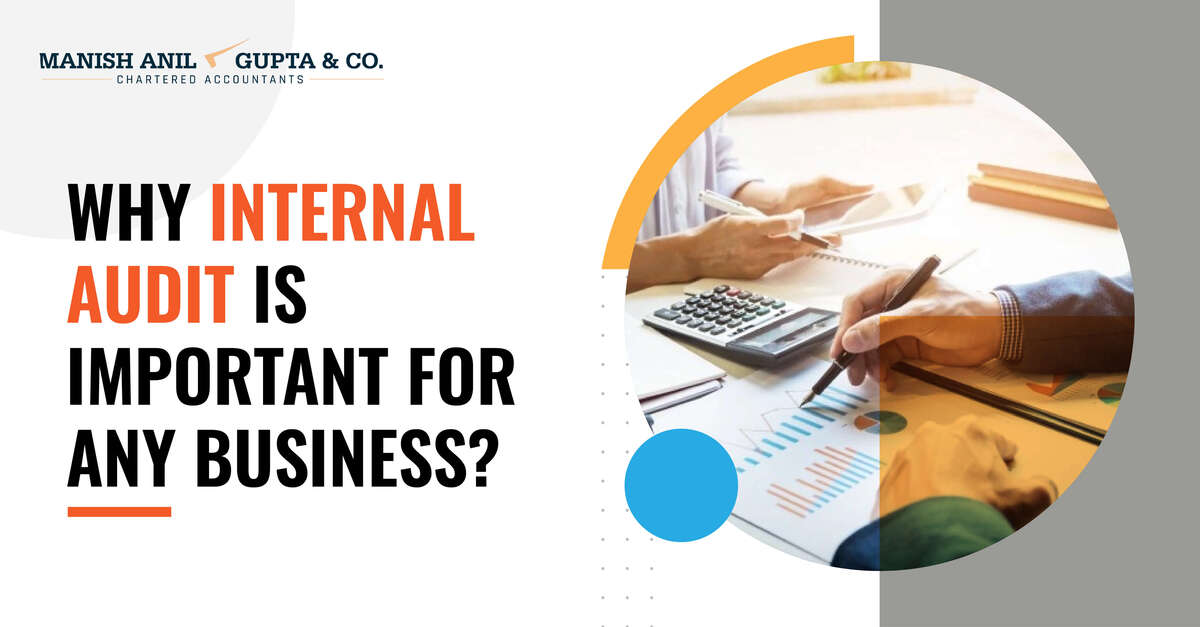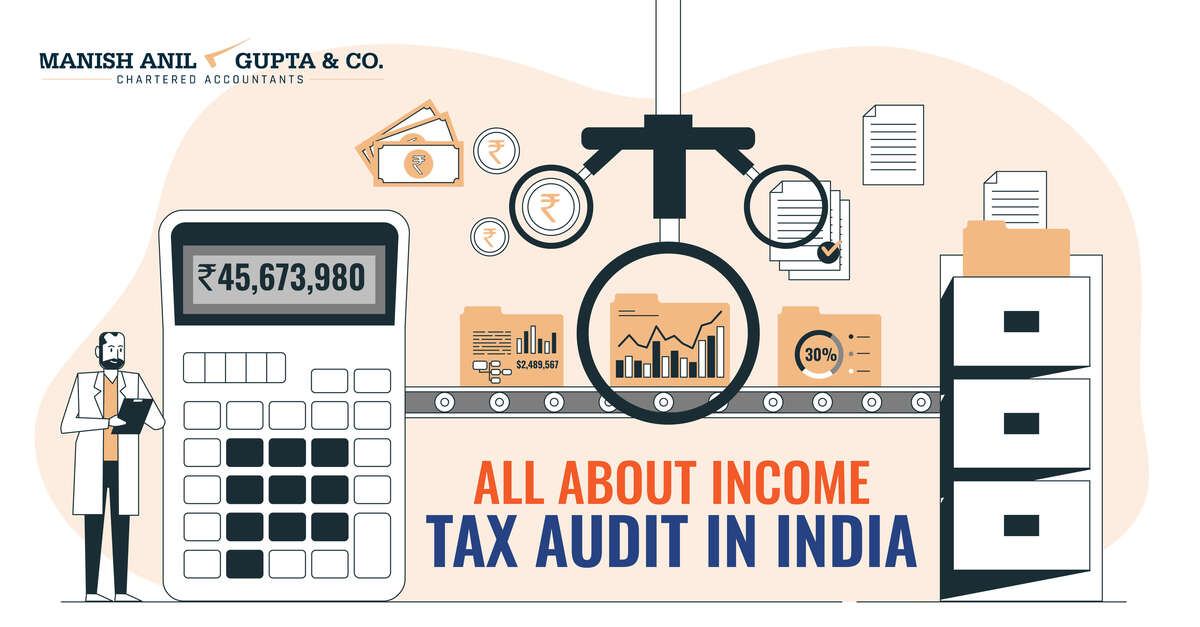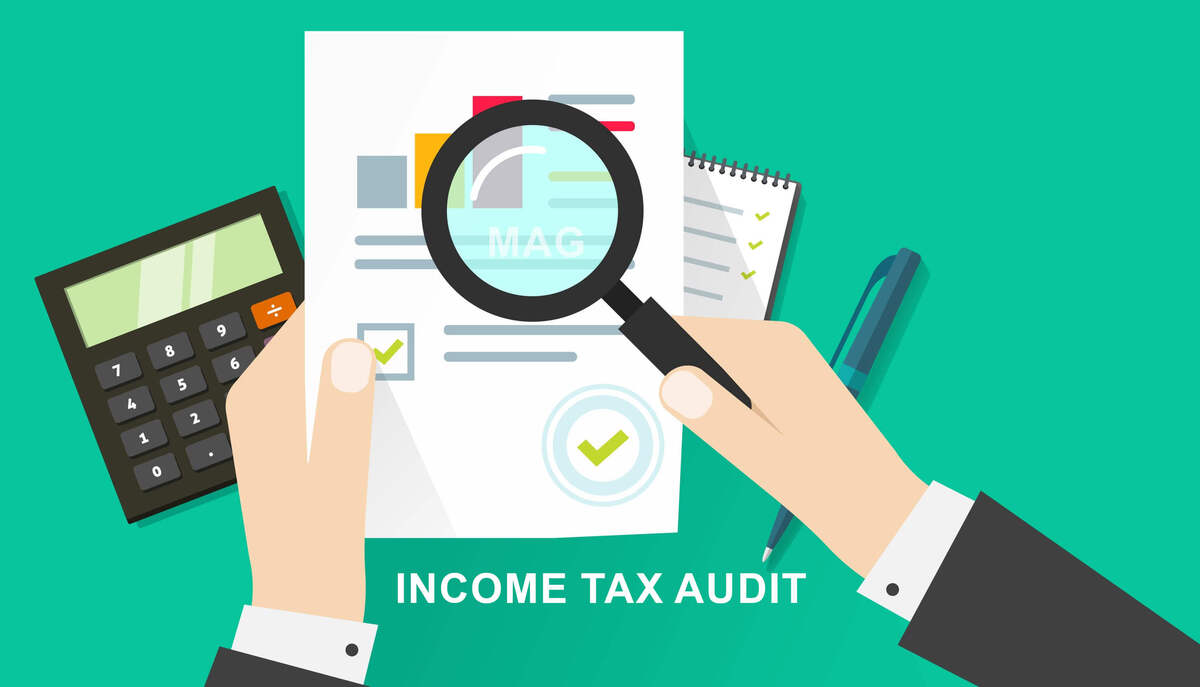What are Fixed Assets?
Fixed Assets are defined as the assets held to be used to produce or providing goods or services and are not held for sale in the ordinary course of business which is expected to be held in use for more than one accounting period
Some of the examples are:
- Buildings & Furniture
- Machinery & Equipment
- Computer
- Vehicles
In simple words, physical verification of above is called
Fixed Assets Audit. We at
MAG provide
best Fixed assets auditing solutions in Delhi and across India.If you are looking for the service of
Fixed Assets Audit in Delhi, you can feel free to approach us.
Audit Objective:
- To ensure proper records relating to fixed assets are being maintained.
- To ensure that only capital expenses are being capitalised.
- To validate the correctness, accuracy and completeness of depreciation calculated and compliance of Schedule II of Companies Act, 2013.
- Compliance of relevant IND AS applicable and of disclosure requirements as per Schedule III of Companies Act,2013
Documents required from the client:
- Details of internal policies and guidelines regarding fixed assets and their depreciation.
- Fixed asset register maintained by the client and the features of fixed assets’s budget.
- Copies of supporting documents/ vouchers like purchase requisitions request for quotations, quotations, comparative statements, POs, invoices etc. for the samples selected.
- Obtain the list of authorised people who can approve the purchase/disposal of fixed assets at different stages of the purchase or disposal processes.
- Physical verification register of the fixed assets maintained by the client.
Process of Verification:
- Examine the internal policies of the client and analyse whether they are in line with the statutory requirements or not.
- Verify whether the opening balances being reflected in Financials and FAR are same as the closing balances as per last year audited Financials.
- Verify the FAR for its completeness, correctness and accuracy and its compliance in accordance with the Companies Act, 2013. (CARO 2016 requirements)
- In case the assets are revalued, ensure that the entire class of such fixed assets are revalued.
- Ensure revaluation increase/decrease is adjusted against the Revaluation Reserve/Profit & Loss Account.
- Conduct the physical verification of fixed assets to ensure the following:
- The physical existence of the asset.
- Fixed assets are appropriately labelled with the respective asset number for identification.
- Ensure that assets are in working condition.
- Details regarding the number of fixed Assets are adequately captured in FAR.
- There prevail proper controls to restrict unauthorised access to fixed assets.
- Physical verification of fixed assets is done at regular intervals by the management.
- Ensure relevant fixed assets auditing procedures
Acquisitions
- Ensure compliance with internal policies for acquisitions.
- Ensure that the actual expenses incurred are within the estimated/expected budgets.
- Check the entire process of procurement/purchase of fixed assets for the samples selected with the documentary shreds of evidence available for such purchase.
- Compliance of AS 10(Revised), AS 26, AS 16 and AS 12 while accounting the fixed asset in books of accounts.
Disposals:
- Compliance of internal policies for the disposal of assets.
- In case of any substantial part of a fixed asset is disposed off ensure that it doesn’t affect the going concern concept of the business.
- Ensure that any profit/loss, if arising from such disposal is correctly calculated and recorded in the books.
- Depreciation on such assets disposed off is adjusted.
- Fixed assets which are relieved from being used actively and is held for sale shall be recorded/noted at lower of Net Book Value and Net Realisable Value.
Depreciation / Amortisation:
- Depreciation is the measure of reduction in value, wearing out and such other losses in the value of the depreciable fised asset arising from the use, wear and tear, effluxion of time or obsolescence through technology or market changes.
- Ensure compliance of AS 10(Revised), AS 26 for calculating depreciation.
- Depreciation for acquisitions is calculated on a pro-rata basis.
- Ensure the compliance as per Schedule II of Companies Act, 2013 is complied while calculating the depreciation.
- In case, there is any deviation from Schedule II requirements, the same has to be disclosed in notes to accounts.
Disclosure requirements:
- Ensuring that the fixed assets are classified under the classifications mentioned in the Schedule III of Companies Act, 2013.
- As per Schedule III of Companies Act, 2013, the below-mentioned details are to be disclosed regarding fixed assets in “notes to accounts”:
- The gross value of each class of fixed assets at the beginning and end of the reporting period. the useful life of the fixed asset;
- Accumulated depreciation of such quality till date depreciation charge during the year;
- Details of the acquisitions and disposals during the year, if any depreciation relating to such acquisition/disposal separately.
- Netblock of each class of the fixed assets at the beginning and end of the reporting period.
- Method of depreciation followed for charging depreciation and details of the change in the process if any during the year.
- Deviation from the Schedule II of the Companies Act, 2013 has to be disclosed as a part of “notes to accounts”.
- In case of the revaluation of the asset, particulars of assets revalued, amount of such revaluation shall be shown for a period of 5 years from the date of revaluation by way of a note in financials.
Change in accounting policy
In case, any intangible asset is amortised for a period exceeding 10 years, then the factors helpful in determining the asset’s useful life beyond 10 years have to be disclosed in financial statements.
Reach us at
info@manishanilgupta.com for any assignments related to Fixed Assets Audit Services in Delhi.

Rahul Garg
Director-Taxation & Compliances
“Don’t Be Intimidated By What You Don’t Know. That Can Be Your Greatest Strength And Ensure That You Do Things Differently From Everyone Else.” .
View Profile
Discuss with expert











